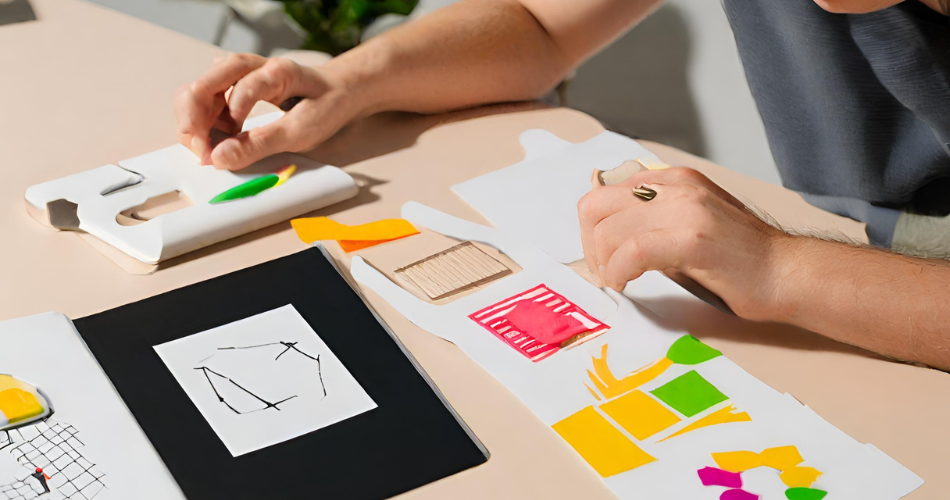Designing a physical product is a multifaceted process that requires careful planning, creativity, and attention to detail. Whether you’re an aspiring entrepreneur or an established business owner, understanding the steps involved in product design is crucial for creating successful and innovative products. In this article, we’ll explore the intricacies of crafting physical products and outline the essential steps to guide you through the process.
How do you create a physical product?
Creating a physical product involves a series of well-defined steps that ensure the final result meets the desired specifications and expectations. Here’s a concise overview of the process:
- Idea Generation and Research: Begin by brainstorming ideas and conducting thorough market research to identify opportunities and understand consumer needs.
- Conceptualization and Sketching: Develop the initial concept of your product, sketch out designs, and map the basic functionalities and features.
- Prototyping and Testing: Create prototypes or models to test the functionality, form, and usability of the product. Gather feedback and make necessary improvements.
- Refinement and Production: Based on the feedback and testing results, refine the design, prepare for mass production, and ensure the product meets quality standards.
What is an example of a physical product?
An excellent example of a physical product is this spiral notebook.This spiral notebook features a unique design that captures the essence of mysticism, making it appealing to those seeking a touch of magic in their daily lives. The carefully crafted wooden cover, adorned with moon and snake motifs, adds a sense of mystery and elegance to the notebook.

The 5 Steps of Product Design
Product design is a systematic approach that involves a series of steps to transform an idea into a tangible, market-ready product. Here are the fundamental steps in product design:
- Research and Analysis: Conduct thorough market research to understand consumer preferences, competition, and emerging trends. Analyze the gathered data to identify gaps and opportunities.
- Concept Development: Based on the research, create conceptual designs and prototypes. Consider factors such as functionality, aesthetics, materials, and manufacturing feasibility during this stage.
- Refinement and Testing: Test the prototypes rigorously, gather feedback, and make necessary refinements. Focus on enhancing usability, durability, and overall user satisfaction.
- Finalization and Production Preparation: Once the design is refined and validated, finalize the specifications, prepare for mass production, and ensure that the product meets quality standards.
- Sustainability Integration: Consider the environmental impact of the product throughout its lifecycle, from sourcing materials to disposal. Strive for sustainability by using eco-friendly materials and designing for recyclability.

By following these steps and incorporating sustainability principles, you can create physical products that resonate with your target audience, meet market demands, and contribute positively to the world.
In the world of unique and artistic physical products, bullet journaling stands out. The Mystical Faceless Witch Multilayer Handmade Wooden Cover Writing Notebook Journal is a captivating example, featuring a thoughtfully crafted wooden cover that adds a touch of mystique to the creative process of bullet journaling.
In conclusion, designing physical products is an exciting and intricate journey that requires careful planning, creativity, and a keen understanding of your target market. By following the essential steps outlined in this article and staying true to sustainable design practices, you can create exceptional products that leave a lasting impression on consumers while minimizing environmental impact. Happy designing!



